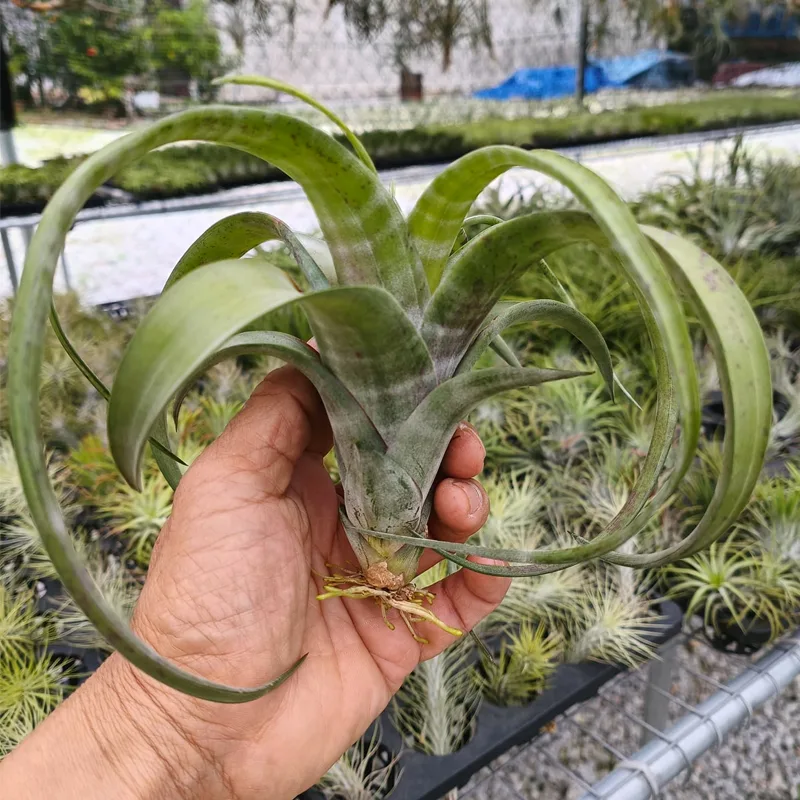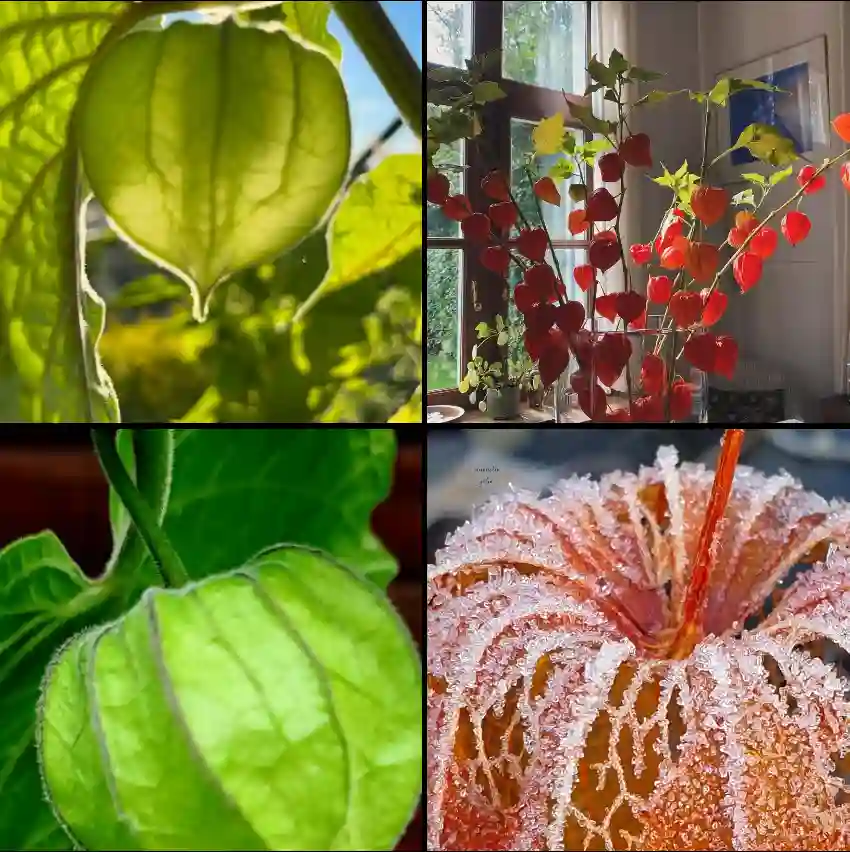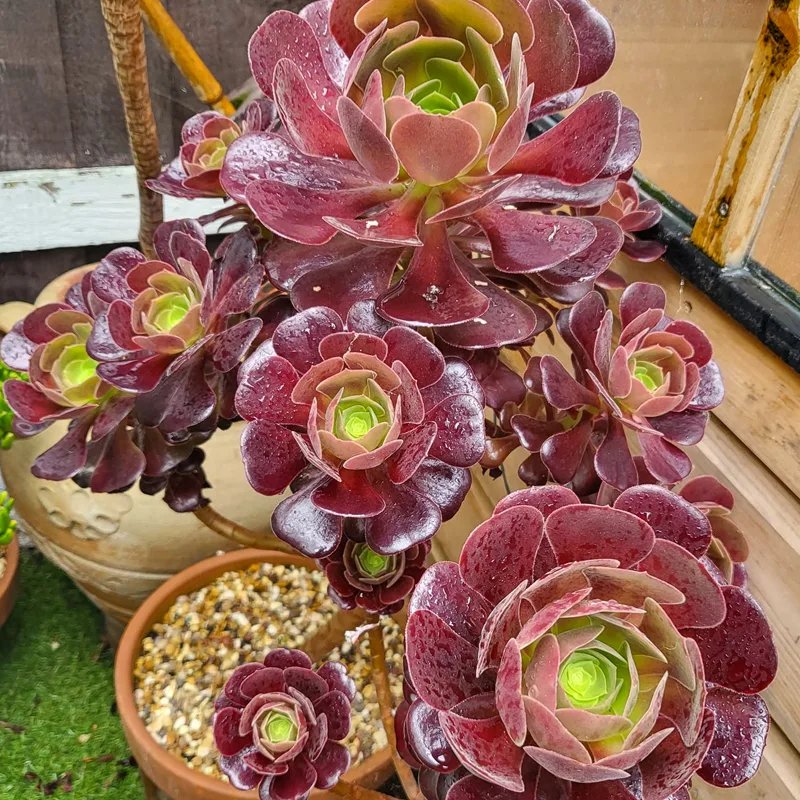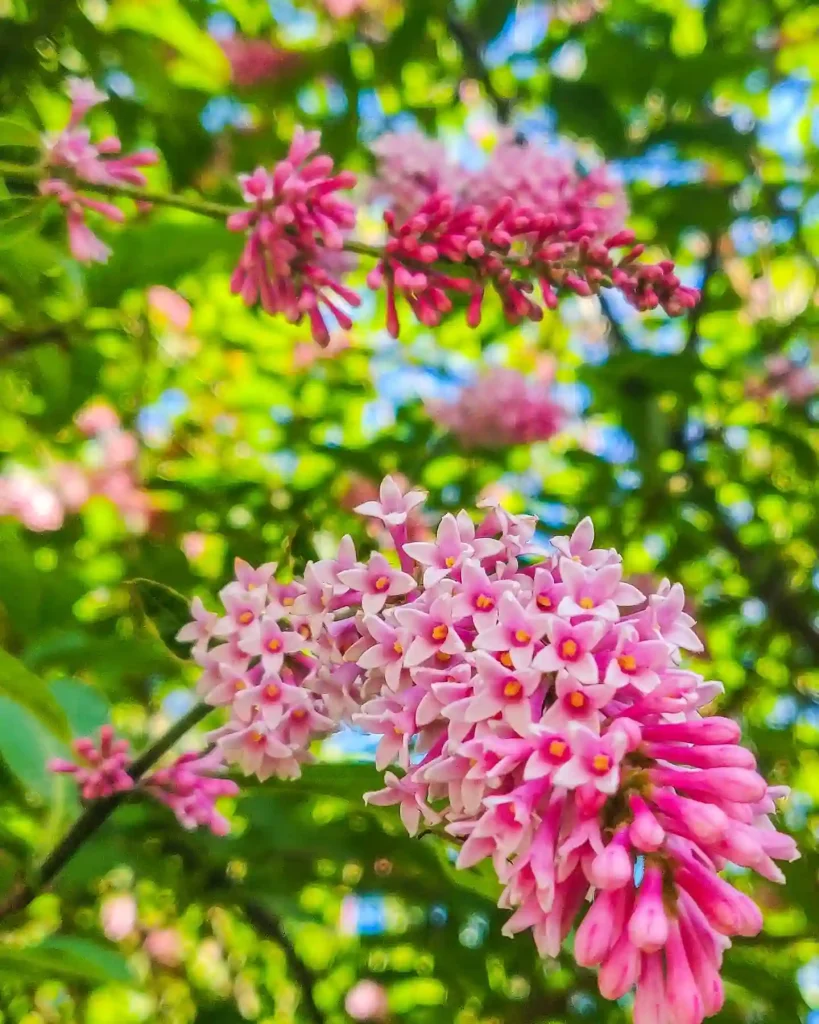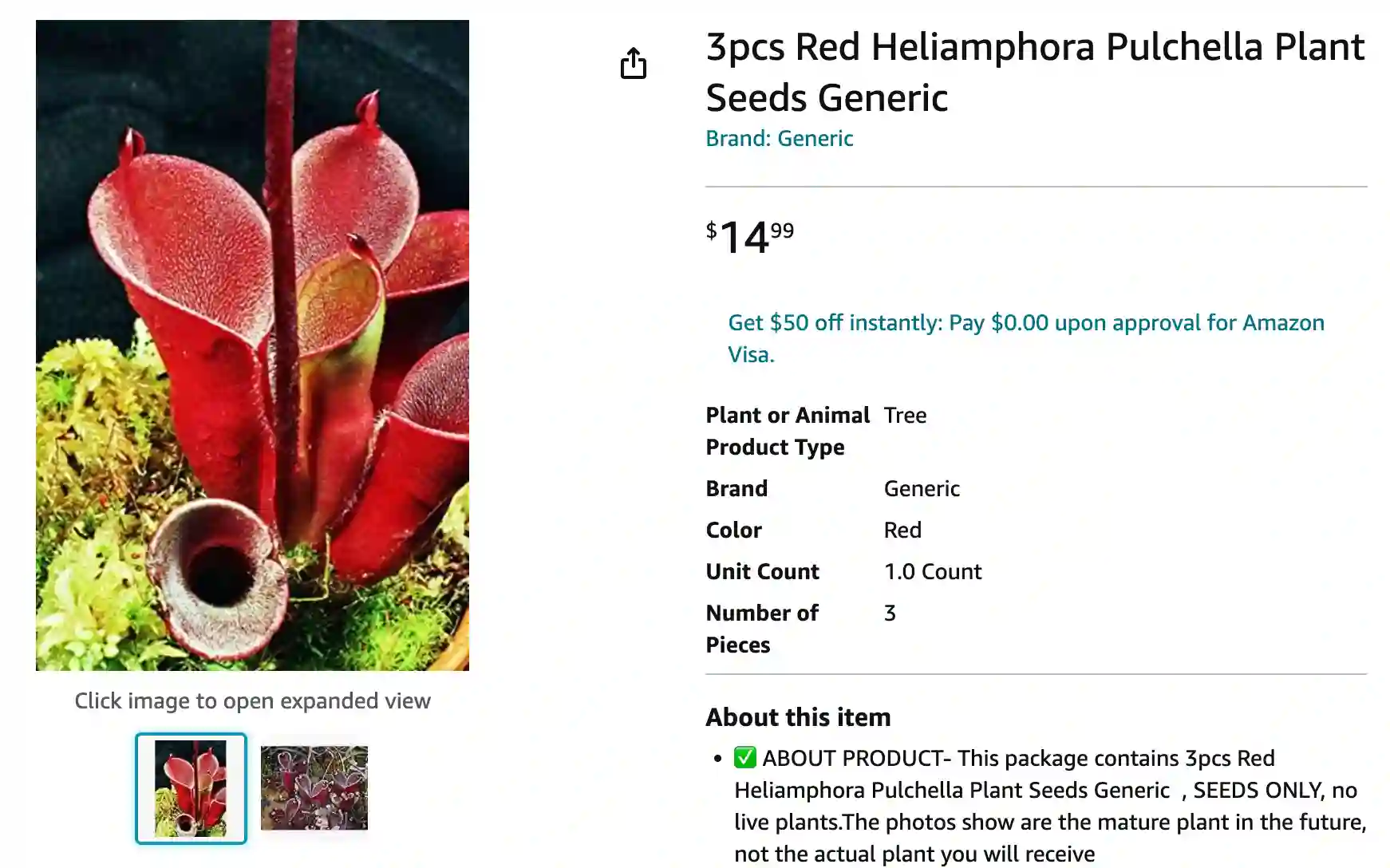
Heliamphora Pulchella: A Carnivorous Beauty for the Discerning Grower
Hello, Ferb Vu here. Today, we’d delve into the fascinating world of Heliamphora pulchella, a captivating carnivorous plant native to the cloud forests of the Guiana Highlands. Often sought after by collectors, this unique species boasts not only stunning aesthetics but also presents a challenge for cultivation. So, buckle up, plant enthusiasts, as we explore the intricacies of Heliamphora pulchella.
18 Species in Genus Heliamphora
What is Heliamphora pulchella?
Imagine a plant resembling a slender, tubular pitcher adorned with delicate hairs. That’s Heliamphora pulchella in a nutshell. Belonging to the genus Heliamphora, it’s a member of the Nepenthaceae family, which also includes the widely known pitcher plants (Nepenthes).
This particular species is known for its alluring pitchers. Unlike some carnivorous plants with smooth, slippery surfaces, Heliamphora pulchella’s pitchers have sparse interior hairs. These hairs, along with the brightly colored nectar spoon (a specialized structure that lures prey), make it a visual treat.
Where does Heliamphora pulchella come from?
Heliamphora pulchella is endemic to the cloud forests atop tepuis (table-top mountains) in the Guiana Highlands, spanning Venezuela, Guyana, and Brazil. These high-altitude regions experience cool temperatures, high humidity, and frequent cloud cover. This specific microclimate is essential for the survival of Heliamphora pulchella.
Is Heliamphora pulchella easy to grow?
Here’s the thing: Heliamphora pulchella is a temperamental diva in the carnivorous plant world. Compared to its more common cousins like Nepenthes or Sarracenia, growing this beauty requires a dedicated effort to replicate its natural environment.
Key factors for success include maintaining high humidity levels (ideally above 80%), cool temperatures (around 60-68°F), and providing bright, indirect light. Additionally, the water quality is crucial. Opt for distilled or rainwater, as tap water can be detrimental.
What are the challenges of growing Heliamphora pulchella?
One of the biggest hurdles is replicating the cool root temperatures Heliamphora pulchella experiences in its natural habitat. Terrariums with proper ventilation can help, but some growers even utilize specialized cooling systems.
Maintaining consistent humidity is another challenge. While some Heliamphora species tolerate lower humidity levels, pulchella thrives in a near-constant mist. This can be achieved with humidifiers, pebble trays, or specialized terrarium setups.
What’s the difference between Heliamphora pulchella and Heliamphora minor?
Ah, a common question. Heliamphora pulchella can be easily confused with Heliamphora minor, another species with tubular pitchers. However, there are subtle distinctions.
Heliamphora pulchella generally has sparser hair on its pitchers compared to the denser covering on Heliamphora minor. Additionally, the nectar spoon in Heliamphora pulchella tends to be more prominent and brightly colored.
Can Heliamphora pulchella be grown indoors?
With the right setup, absolutely! Terrariums are a popular choice for cultivating Heliamphora pulchella. However, it’s crucial to ensure proper ventilation to prevent fungal issues. Alternatively, some growers achieve success with indoor greenhouses or specialized grow chambers that mimic the cool, humid environment.
Does Heliamphora pulchella need to be fed?
Technically, no. In its natural habitat, Heliamphora pulchella captures small insects and invertebrates in its pitchers, which aids in nutrient acquisition. However, in cultivation, providing occasional “feeding” can be beneficial for its overall health.
What can I feed Heliaphora pulchella?
Refrain from using any commercial fertilizers or plant food. Instead, opt for:
- Bloodworms: These are a popular choice for carnivorous plants and can be readily purchased at most pet stores.
- Crushed Flies: If you encounter small flies around your house, you can humanely trap them and use them as occasional feeders.
- Commercially Prepared Carnivore Food: Some specialist carnivorous plant retailers offer pre-made food specifically designed for these plants.
Important Note: Avoid overfeeding. Once a month or even less frequently is sufficient for Heliamphora pulchella.
Can I propagate Heliamphora pulchella?
Yes, but it’s a slow and challenging process. Here’s a basic outline:
- Leaf Pullings: The most common method involves carefully removing a healthy leaf with a portion of the stem. This “pulling” is then placed in a suitable growing medium and kept under high humidity. Success rates can be low, so patience is key.
- Tissue Culture: This advanced technique involves using sterile lab conditions to propagate plantlets from the plant’s tissue. While effective, it requires specialized equipment and expertise.
Additional Tips for Success
- Potting Mix: Heliamphora pulchella thrives in a well-draining, airy media. A common mix includes chopped sphagnum moss, perlite, and orchid bark.
- Watering: Water thoroughly when the top layer of the potting mix dries slightly. Avoid letting the plant dry out completely.
- Light: Provide bright, indirect light. Avoid harsh midday sun, which can scorch the leaves.
- Acclimatization: If you’re acquiring a new Heliamphora pulchella, gradually introduce it to your growing conditions to minimize stress.
Final Thoughts on Heliamphora pulchella
Heliamphora pulchella is a captivating carnivorous plant that rewards dedicated growers with its unique beauty. While it demands a specific environment, the satisfaction of cultivating this success is unmatched. So, if you’re an experienced carnivorous plant enthusiast seeking a challenge, Heliamphora pulchella might just be the perfect addition to your collection.
If i die, water my plants!
